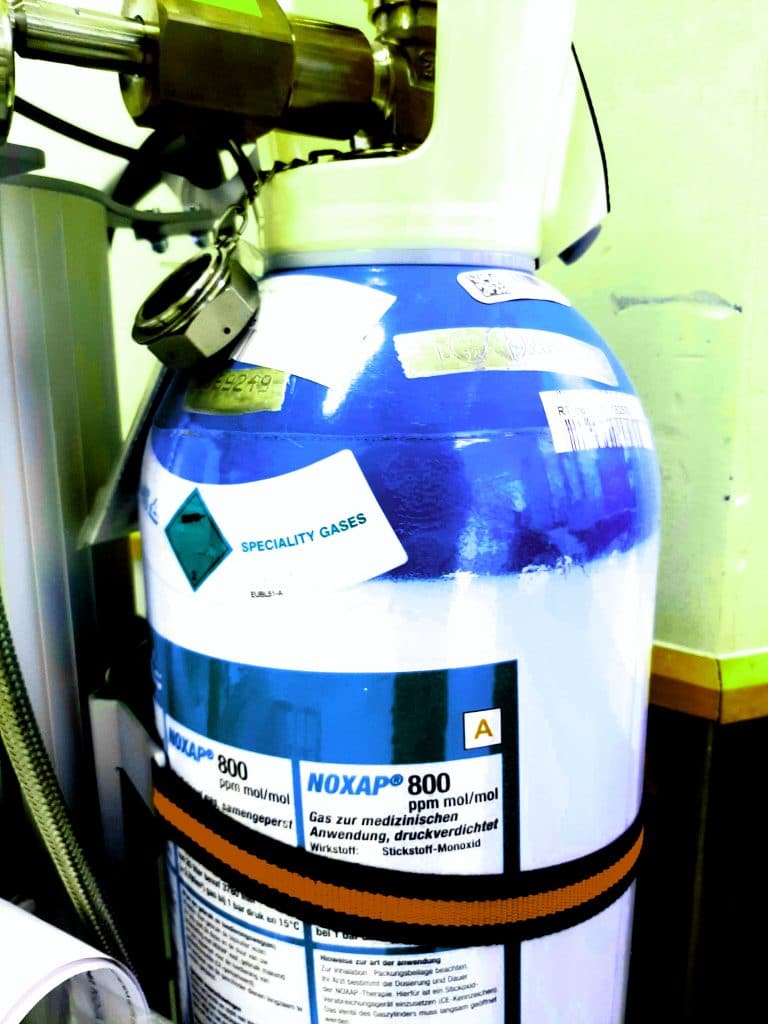Mammalian Enteral Ventilation Ameliorates Respiratory Failure

Background
Several aquatic organisms such as loaches have evolved unique intestinal breathing mechanisms to survive under extensive hypoxia. To date, it is highly controversial whether such capability can be adapted in mammalian species as another site for gas exchange. Here, we report the advent of the intestinal breathing phenomenon in mammalians by exploiting EVA (enteral ventilation via anus).
Methods
Two different modes of EVA were investigated in an experimental model of respiratory failure: intra-rectal oxygen O2 gas ventilation (g-EVA) or liquid ventilation (l-EVA) with oxygenated perfluorocarbon. After induction of type 1 respiratory failure, we analyzed the effectiveness of g-EVA and I-EVA in mouse and pig, followed by preclinical safety analysis in rat.
Findings
Both intra-rectal O2 gas and oxygenated liquid delivery were shown to provide vital rescue of experimental models of respiratory failure, improving survival, behavior, and systemic O2 level. A rodent and porcine model study confirmed the tolerable and repeatable features of an enema-like l-EVA procedure with no major signs of complications.
Conclusions
EVA has proven effective in mammalians such that it oxygenated systemic circulation and ameliorated respiratory failure. Due to the proven safety of perfluorochemicals in clinics, EVA potentially provides an adjunctive means of oxygenation for patients under respiratory distress conditions.
